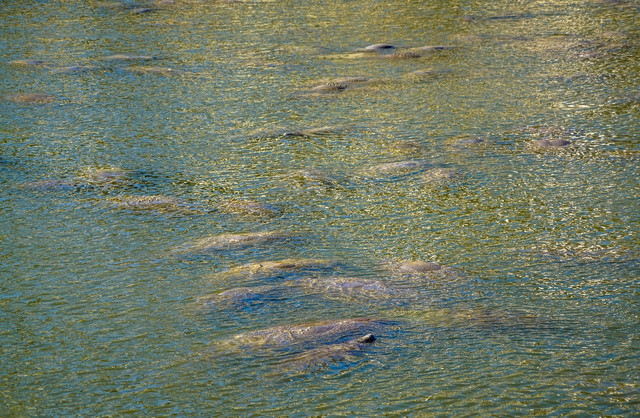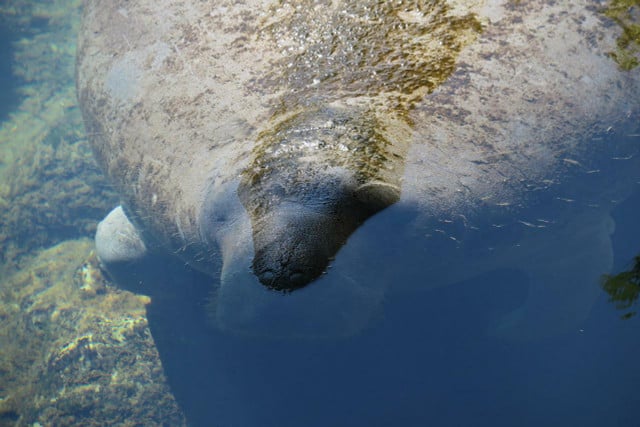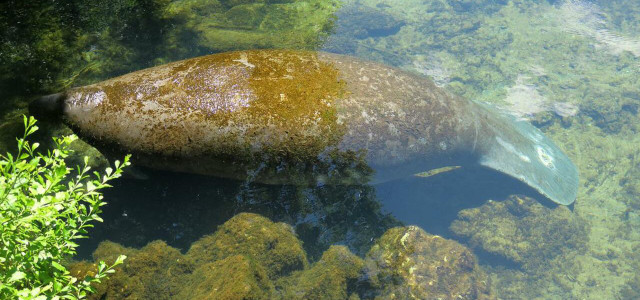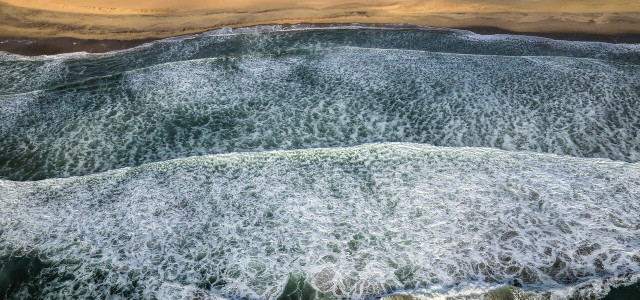In the first six months of 2021, ten percent of Florida manatees had mysteriously died off. Now in 2022, the causes are clearer. What do they mean for us and our planet?
From just January 1st to July 2nd of 2021, 841 manatees died off the coast or in the waters of Florida. According to the state’s records, the total number for manatee deaths for all of 2021 was around 1101 manatees. The unusually high number concentrated in just a few months led the U.S. Fish and Wildlife Service to declare an Unusual Mortality Event (UME) for manatees. The reason for this massive increase in death rate was unknown for some time, as there are many ways that manatees are killed in the modern age: boat collisions, habitat loss, exposure to red tide, fishing entanglements, and human harassment. The trending increase in death has many culprits, but now in 2022, we have a better understanding of why manatees are dying.
Why Florida Manatees Are Dying

The alarming, and still increasing, rise in manatee deaths began in 2021: in the first six months of 2021 alone, 841 manatees had died. This high number is already hundreds above the annual death rate of the previous years: 637 manatees in 2020 and 630 in 2019. The spike is continuing into 2022 with 562 recorded deaths in the first 5 months of the year. But why are manatees dying?
With all the many factors that contribute to manatee deaths, researchers believe to have found a particular reason for the spike: starvation. According to an article from Florida Today, seagrass has receded from the coast at levels previously never seen. Seagrass is an essential part of a manatee’s diet and is dying off as a result of human activity. For example, the dumping of raw sewage has contributed to nitrogen and phosphorus water pollution. This contributes to algae overproduction, leading to indirect negative effects on seagrass beds, like reduced light, and a changed chemical composition of the water which discourages seagrass growth. It is not just sewage that contributes to this phenomenon: runoff from yard fertilizers or herbicides also support the algal blooms. From general yard practices to raw sewage runoff from poor infrastructure, the seagrass these manatees depend on is being destroyed more and more.
Manatees Dying: Tip of the Iceberg



Increasing algal blooms are also a product of climate change. The Environmental Protection Agency (EPA) reports that with the effects of climate change becoming more intense, algal blooms will also increase and become even more of a threat to the environment. Algal blooms can have several impacts that could destroy food chains for humans and animals, like manatees. For example, one of the effects of a warmer climate has been that some bodies of freshwater have become salinated, which has allowed marine algae to invade these waters, disrupting the ecosystem and leading to the death of fish and other freshwater organisms.
This means that the destruction of seagrass and its effect on the manatee population is only the tip of the iceberg. Algal toxins that accumulate in the water can lead to human poisoning syndromes and the death of massive amounts of farmed fish, as well as negatively affect sea creatures whose food eventually contains these toxins, like turtles, dolphins, and manatees.
Manatees dying in Florida are a red warning flag that we need to change our lifestyles: replacing chemical fertilizer with organic, decreasing the dumping of raw waste, and ensuring governments and elected officials are properly monitoring fresh and saltwater bodies. If the same number of manatees die in the next years, they could become extinct in our lifetimes. To help manatees in Florida right now, you can volunteer for Florida Fish and Wildlife, or learn about more ways to help here.
Read More:
- The 15 Most Endangered Animals in America
- Coral Bleaching: Why Reefs Are Dying – and How to Help
- Are Sea Lions Endangered? Threats & What You Can Do
Do you like this post?







